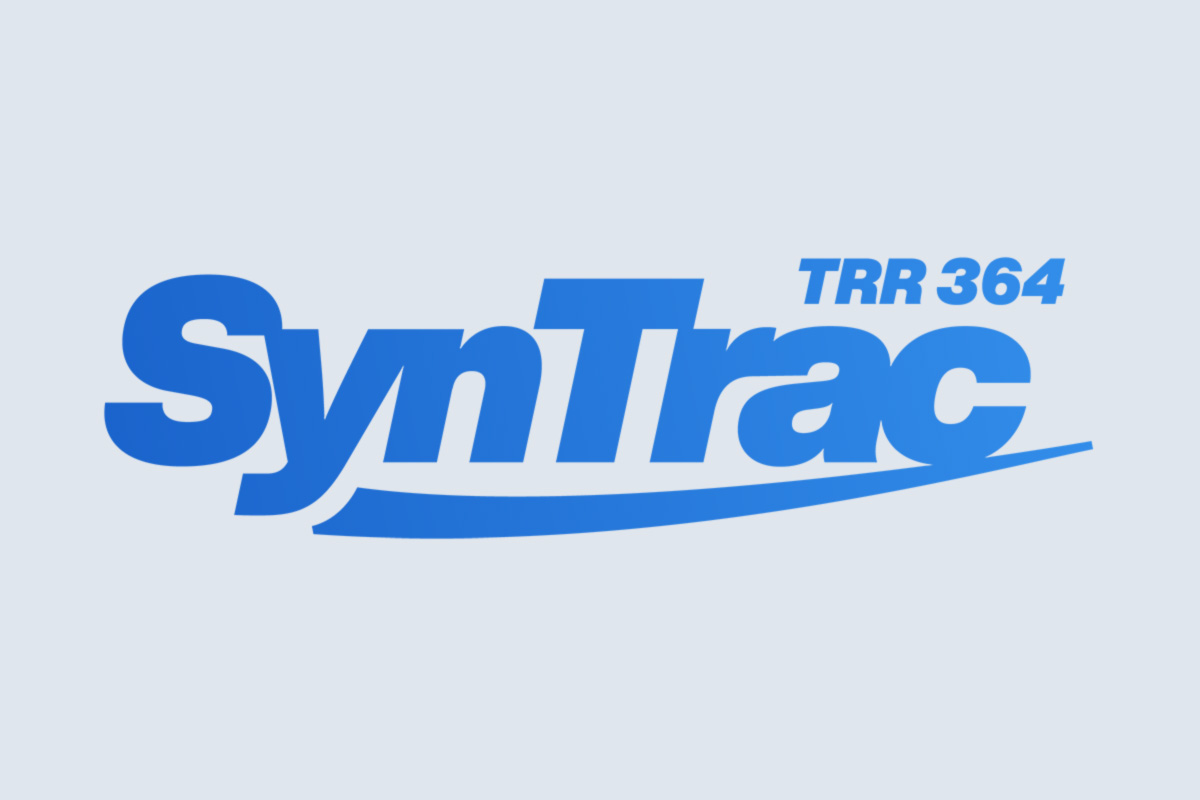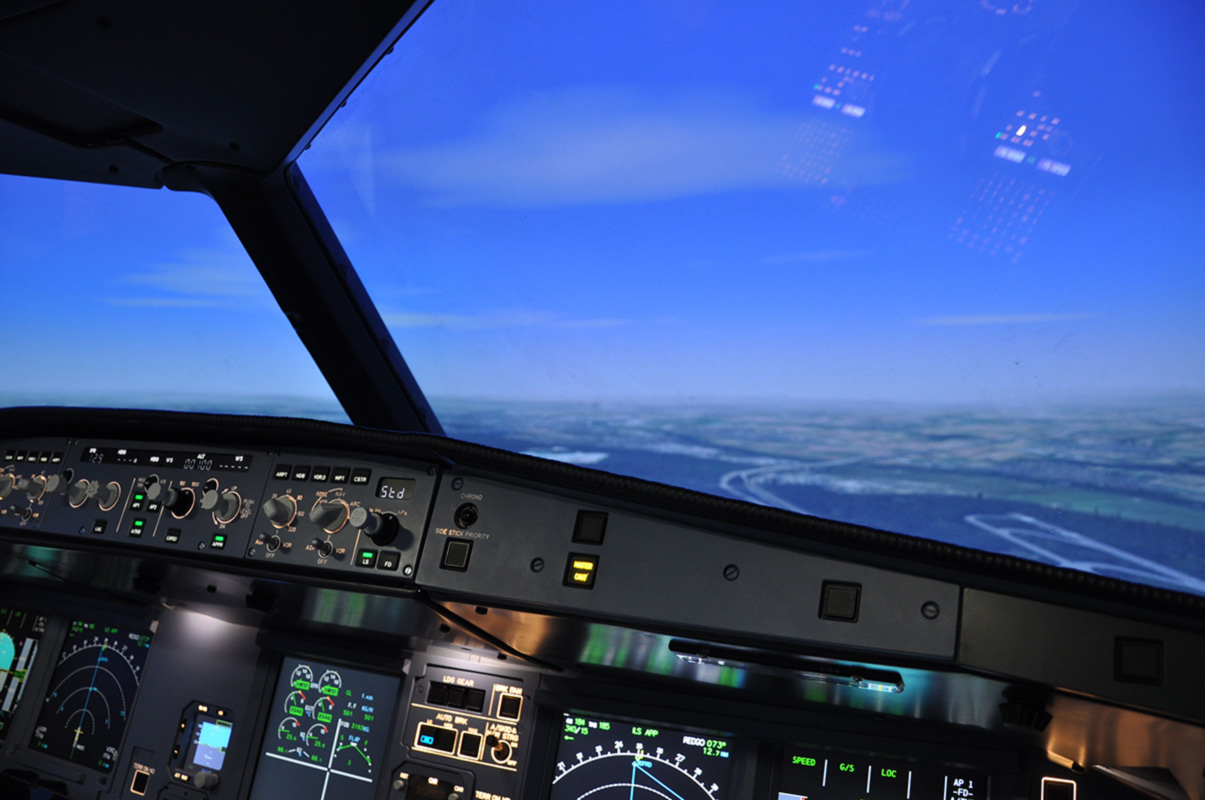A05: Flight dynamics models and handling qualities
For integrating all findings from aerodynamic investigations, advances in propulsion, and new flight control (and allocation) algorithms, project A05 will contribute open-source flight dynamics models which are beyond the current state of the art and an analysis and exploration of the handling qualities. New methods for flight dynamic modelling will be investigated and a module that evaluates the handling qualities as automatically as possible for both distributed propulsion and thrust vector control will be provided. It shall be further explored to which extent handling qualities can be even improved through exploitation of the distributed propulsion or thrust vectoring concepts together with new control allocation algorithms.
Motivation
How to efficiently benchmark the handling qualities of highly integrated aircraft configurations?
- Handling qualities (HQ) will be affected significantly by new overall configurations and control allocation algorithms
- Novel flight dynamics models required which account for complex aerodynamic interactions
- Findings from aerodynamic investigations need to be integrated
Objective
Handling qualities benchmark based on flight dynamics models
- White box flight dynamics model of highly integrated aircraft configurations: 1. Allow physical understanding. 2. Accelerate future modelling. 3. Publish software as open-source code
- Automated benchmark of handling qualities of highly integrated aircraft configurations: 1. Understand and optimize handling qualities. 2. Accelerate future handling qualities benchmarking
Approach
The project involves the development of a physics-based flight dynamics model focusing on rigid body equations of motion and implementing a nonlinear extended lifting line method automatically parameterized from geometry data. Further enhancements include a new extension of the lifting line method for coupling with the propeller model and the utilization of higher-order models (RANS and LES) for calibration. Validation and preliminary uncertainty quantification aim to identify the sensitivity of uncertain parameters. Lastly, the analysis delves into flight dynamics characteristics and handling qualities, comparing them from the perspectives of both pilots and autopilots to classical aircraft configurations and quantifying the handling quality level according to the Military Handbook 1797A.
Role in SynTrac
- Input from A06 (geometry), A04 (controllers), B02, B04, A03 (high-fidelity data)
- HQ to A03, A04, A05







